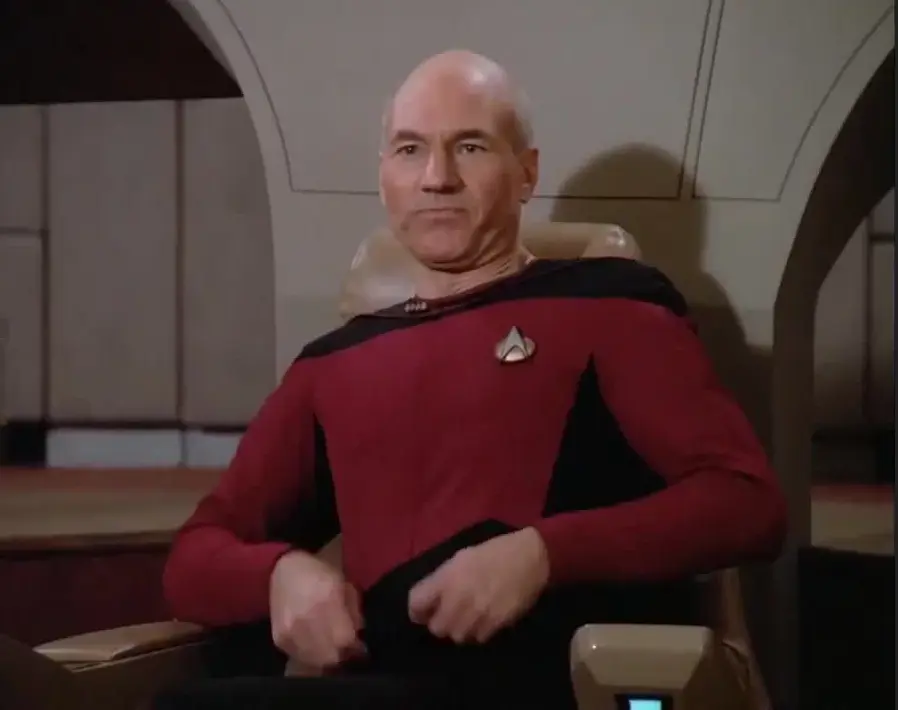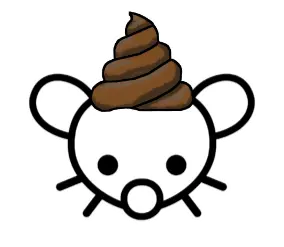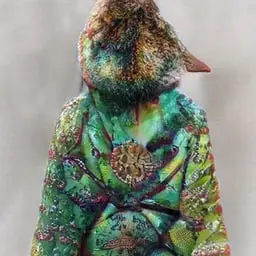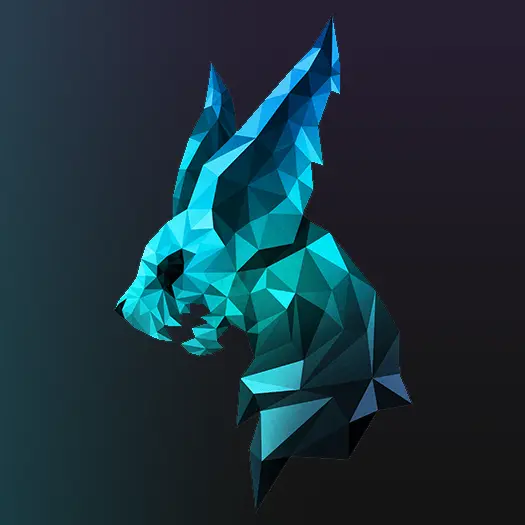In some cultures this might be the same color.
Their hair is the same color. What color is the skin?
…what?
Horse hair colors vary.
If you shave a horse, any breeds with dark black or blue-ish grey hair will give you a variety of that pallet, getting dark enough to be stopped and frisked in larger American cities. Sometime blueish-black skin and hair pigmentation matches as well.
Most other breeds will give you a pink color range.
https://artpictures.club/autumn-2023.html
Source: was given a saddle for Christmas once.
If you read the Wikipedia article (or other articles) about “all horses are the same color”, it is really just about an inductive fallacy that can occur.
It’s not actually claiming that all horses are the same color, it’s an example of a flawed induction argument
Actually this just refers to the color of their fur. I’d say that a blonde white man and a white read head are the same color, just their hair has a different color.
(I’m not totally serious and will not die on this hill)
Oh, I’m gonna make sure you die on that hill!
First, by building you a lovely house on that hill and a nearby Denny’s…
Sounds nice, go on!
(I’m gullible and will fall into any trap I come across)
To be fair, until you can see both sides of each horse, that technically doesn’t disprove it
Doesn’t “color” (no ‘s’) imply they can’t be more than one? Or… is this theorem further supported? Both of these horses are all the same color.
Actually a quite interesting article: https://en.wikipedia.org/wiki/All_horses_are_the_same_color
Also related: https://en.wikipedia.org/wiki/Raven_paradox
It was stated as a lemma, which in particular allowed the author to “prove” that Alexander the Great did not exist, and he had an infinite number of limbs.[4]
Talk about burying the lede! 😄
I did do this proof by induction back in the day, but now looking at the article I am clueless.
Do you mean you went through the proof and verified it, or falsified it?
As I understand it, it goes something like this:
…
You have a set of n horses.
Assume a set of n horses are the same color.
Now you also have a set of n+1 horses.
Set 1: (1, 2, 3, … n)
Set 2: (2, 3, 4, … n+1)
Referring back to the assumption, both sets have n horses in them, Set 2 is just incremented forward one, therefore, Set 2’s horses are all one color, and Set 1’s horses are all one color.
Finally, Set 1 and Set 2 always overlap, therefore that the color of all Set 1 and Set 2’s horses are the same.
…
So, if you hold the ‘all horses in a set of size n horses are the same color’ assumption as an actually valid assertion, for the sake of argument…
This does logically hold for Set 1 and Set 2 … but only in isolation, not compared to each other.
The problem is that the sets do not actually always overlap.
If n = 1, and n + 1 = 2, then:
Set 1 = ( 1 )
Set 2 = ( 2 )
No overlap.
Thus the attempted induction falls apart.
Set 1’s horse 1 could be brown, Set 2’s horse 2 could be … fucking purple… each set contains only one distinct color, that part is true, but the final assertion that both sets always overlap is false, so when you increment to:
Set 1 = ( 1, 2 )
Set 2 = ( 2, 3 )
We now do not have necessarily have the same colored horse 2 in each set, Set 1’s horse 1 and 2 would be brown, Set 2’s horse 2 and 3 would be purple.
…
I may be getting this wrong in some way, it’s been almost 20 years since I last did set theory / mathematical proof type coursework.
Yep this is the exact issue. This problem comes up frequently in a first discrete math or formal mathematics course in universities, as an example of how subtle mistakes can arise in induction.
From that link:
Assume that n horses always are the same color.
… I mean… yes, the logic follows… if you… make and hold that assumption… which is ostensibly what you are trying to prove.
This is otherwise known as circular reasoning.
Apparently this arose basically as a joke, a way of illustrating that you actually have to prove the induction is valid every step of the way, instead of just asserting it.
EDIT: As others have pointed out, the fallacy here isn’t the circular reasoning fallacy.
It is however a logically/mathematically invalid attempt at proving induction.
It doesn’t logically/mathematically fail because of the assumption of horse color, that’s just taken as part of the givens before the argument really begins.
The problem arises elsewhere, I tried to work through exactly where in another comment.
No, that’s what induction is. You prove the base case (e.g. n=1) and then prove that the (n+1) case follows from the (n) case. You may then conclude the result holds for all n, since we proved it holds for 1, which means it holds for 2, which means it holds for 3, and so on.
You are correct that in the mathematical sense, this is not circular reasoning, it is induction.
The problem is that this is an example of a failed, invalid proof of induction.
I investigated it a bit further and tried to work through the actual point at which the proof fails in another comment.
Exactly, the assumption (known as the inductive hypothesis) is completely fine by itself and doesn’t represent circular reasoning. The issue in the “proof” actually arises from the logic coming after this, in which they assume that they can form two different overlapping sets by removing a different horse from the total set of horses, which fails if n=1 (as then they each have a single, distinct horse).
It’s not circular reasoning, it’s a step of mathematical induction. First you show that something is true for a set of 1, then you show that if it’s true for a set of n it is also true for a set of n+1.
As with Kogasa, you’re right that this is not circular reasoning, it is induction.
I judged it a bit too quickly.
However, it isn’t a valid proof of induction.
I tried to work through exactly where and how it fails in another comment.
So… it is still fallacious reasoning of some kind, but yes, not the circular reasoning fallacy.
This is great. I love stuff like this.
I’m not even convinced that horses are real.
I’m not convinced that anything outside my own thoughts are real. In fact are my thoughts real?
You’re not real. I am not real. Nothing is real.
They’re what the government uses to spy on the Amish.
Why can’t they just use birds like for everyone else?
Removed by mod
True. They look too similar to giraffes
Why is there a picture of an empty field?
I assume John Cena is standing there and we just can’t see him
Removed by mod
Okay but all monkeys are sharks.
real
But the reasoning given doesnt apply exclusively to horses. Suppose we follow the same chain that gets us “all horses are the same color”, but replace “horses” with “colors”, we would end up with the statement that all colors are the same color. Thus, this is not a counterexample, because black and brown are the same color.
Brilliancy!
Mammals only make brown, but we do a lot with it.
Maybe author of the sentence was looking at horses in space and wikipedia is completly wrong.









